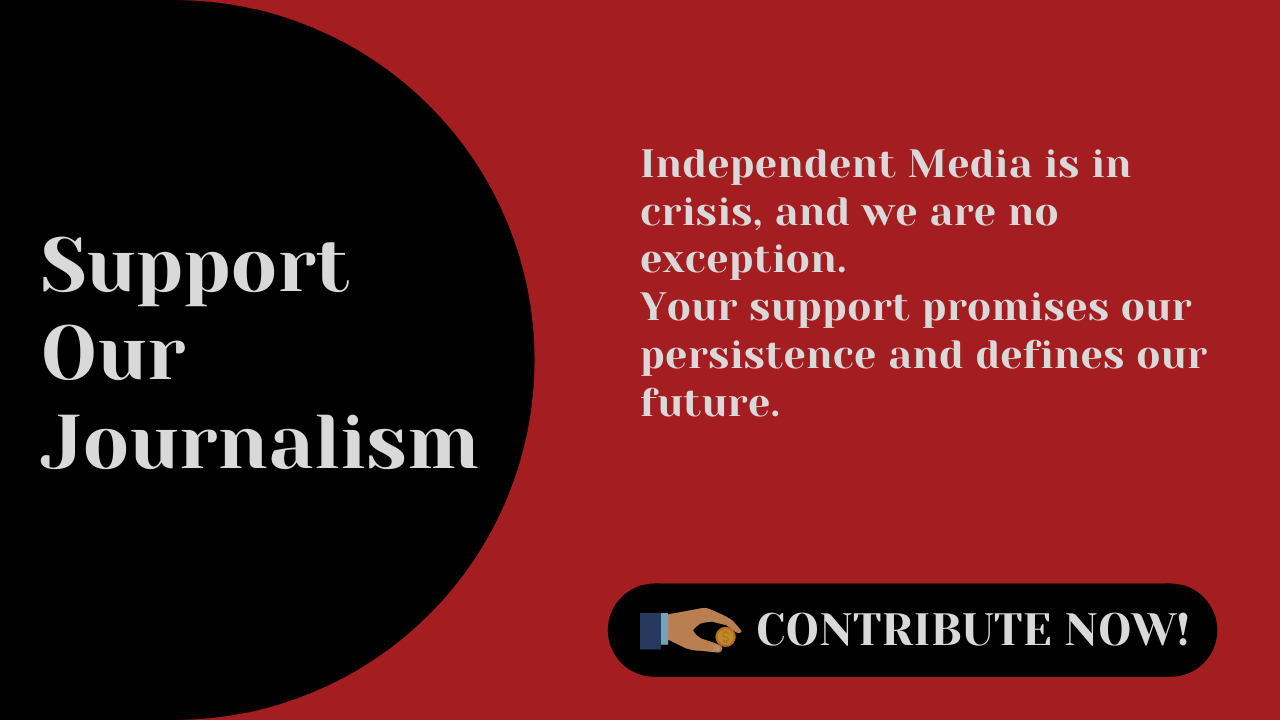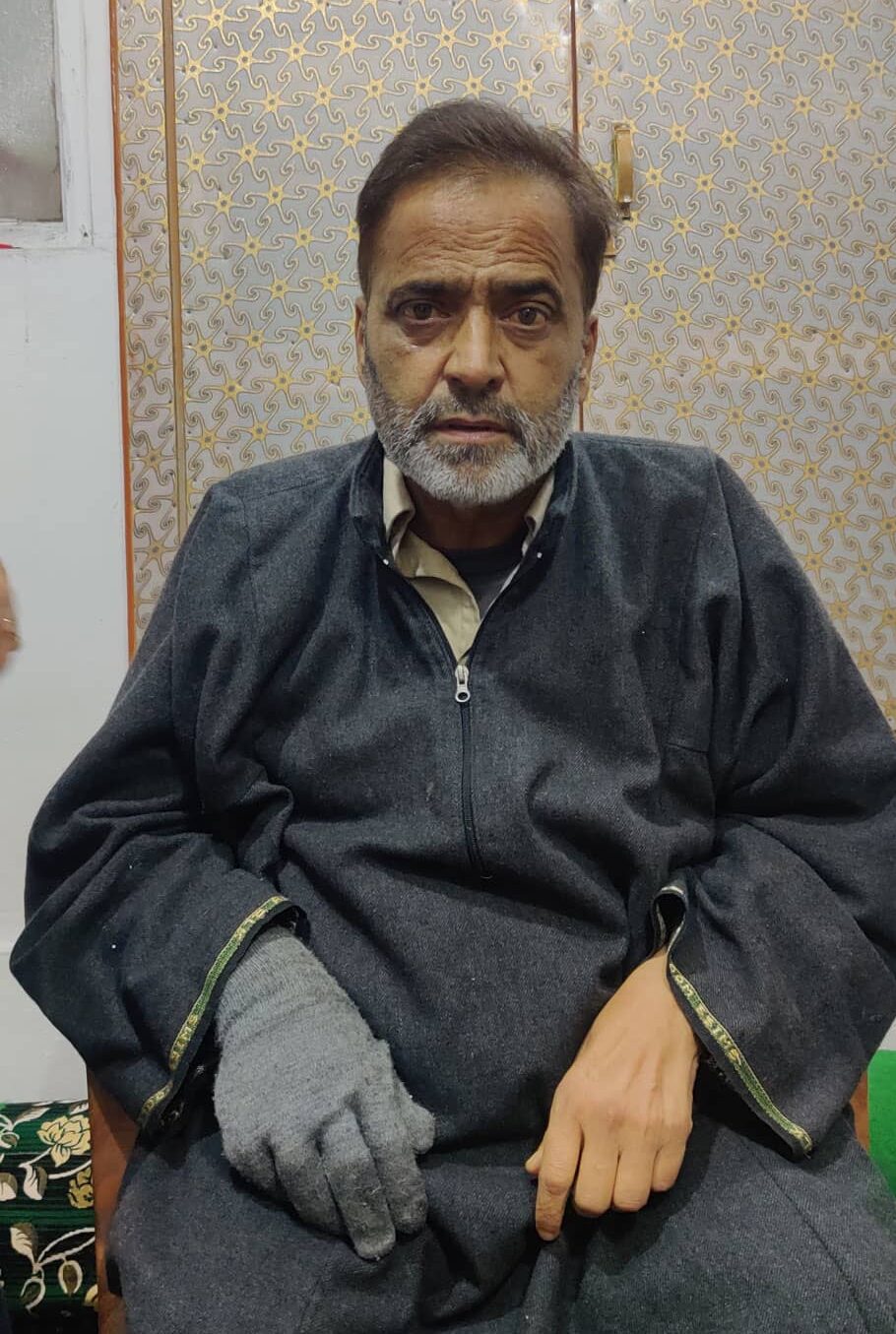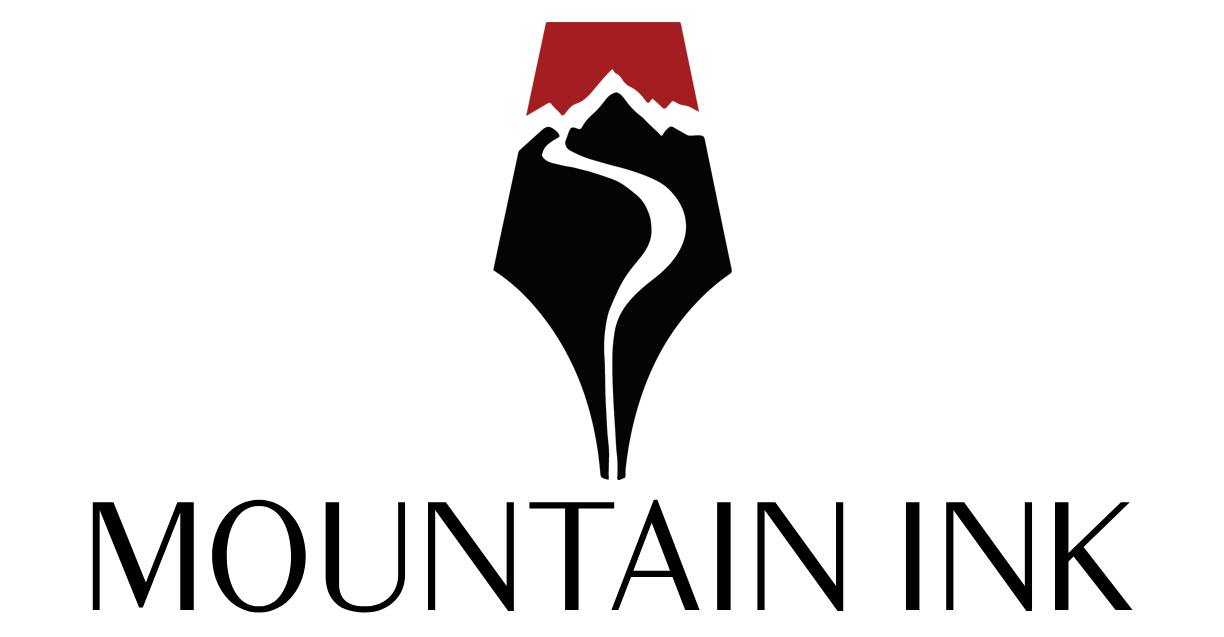Kashmir Leather Wearing Off, Running Out of Market

Basit Parray is a trainee staff writer at the Mountain…
The leather trade in Kashmir was once a thriving business. Traders blame the government’s policies for the looming disaster.
SRINAGAR — The leather industry in Kashmir is at the risk of extinction with traders blaming the government apathy, the politics around animal slaughter and the political turmoil for the looming disaster.
The trade has been dying slowly since 2014 when the prices of sheepskin dropped from Rs 400 to Rs 30 to Rs 40 leading to a substantial loss. “We have suffered a huge loss,” Arif Bashir, owner of a Tannery in the Chattabal area of Srinagar city said. The trade has had a further decline after the abrogation of Jammu and Kashmir’s special status in August 2019.
The leather trade in Kashmir was once a thriving business. Bashir said that since the BJP rule, it has been a reign of devastation. What has added to the worries of the traders, Bashir said, is the political turmoil and the subsequent Covid-19 lockdowns.
The traders predict a looming disaster for the leather business.
In Kashmir, there are six operational leather tanneries. The leather industry’s fundamental raw material is hides and skin, which it supplies to numerous locations across mainland India, including the largest marketplaces like Amritsar, Ludhiana, Kanpur, and Chennai.
Support Our Journalism
You are reading this because you value quality and serious journalism.
But, serious journalism needs serious support. We need readers like you to support us and pay for making quality and independent journalism more vibrant.
Fashion, footwear, furniture, interiors, and automotive are the primary areas that drive demand.
Thousands of people worked in the leather sector in 2008, and more than 35 thousand cow skins and 2 lakh sheep and goat hides were exported to Indian cities back then.
People in the leather business feel that Kashmir is ideal for leather production because Kashmir’s meat intake is three times higher than the Indian national average.
When the raw material is exported to various regions of the state and sold, the cost of the finished form of leather skyrockets. Kashmiri aniline is twice as good as aniline from other parts of India.
“Our business has declined; the leather sector is slowly dying, and the reason for that is the ban on cow slaughtering and the harsh rules put in place for anything related to slaughter,” Bashir, who is the owner of ‘Golden Tannery’ said.
He said the mobs stop “our trucks”, and the drivers are thrashed and the materials are damaged. “It’s quite tough to conduct business in this atmosphere.”
“If you look at me, I am usually standing outside the store since there are no buyers,” said Muhammad Yousuf Bhat, who sells leather goods in Chattabal. The industry is no longer what it used to be, he said.
Many traders blame the political turmoil for the further decline in the trade. They said that long curfews, post-August 5 dented their hopes of reviving their businesses further.
Leather business is almost dead here, said Nazir Ahmad, a member of the Leather and Fur association. Local leather shops don’t even buy leather from local tanneries. They are very expensive here. They can get the same material from outside cities at lower rates, he said.
Due to the ban imposed by the Modi government, Ahmad said, the business can’t boom, also taxes imposed by the government resulted in further decline.

Ahmad said the decline of the leather industry in Kashmir is a serious issue that the government is ignoring. “The Kashmiri leather industry is fighting for survival. It isn’t being taken seriously by anyone,” rued Ahmad.
Once a thriving leather trader, Inaam Hussain is jobless nowadays. He had to shut his business for the lack of demand.

“I worked with Prachi leathers, one of the biggest leather companies of India and supplied them with leather. They stopped business with us because of the situation and ultimately, I had to leave the leather business and now I’m without any job,” said Hussain.
He believes that Kashmir has a lot of potential to take the leather sector to new heights, but the government isn’t interested. “If the government makes a real effort to develop this sector, it will be able to attract international investors and provide jobs to thousands of unemployed youth,” he said.
Hussain claimed that 80 per cent of the raw material used to make leather products in the valley is exported to other parts of the country.
Despite the availability of skilled artisans and raw materials, Hussain claims that the leather industry has plummeted by 90%.
“A large number of sheep are being imported, therefore we have raw material here. But we still don’t have units that will process the raw materials,” he said.
He urged the government to take positive steps and offer facilities in the units where artists can manufacture products and are rewarded well.
Mountain Ink is now on Telegram. Subscribe here.
Become Our Ally
To help us strengthen the tradition of quality reading and writing, we need allies like YOU. Subscribe to us.
Basit Parray is a trainee staff writer at the Mountain Ink. He is a bachelor's student of Journalism & Mass Communication at the Cluster University, Srinagar.













